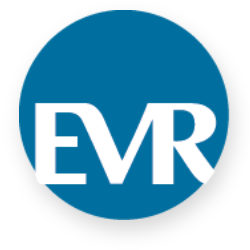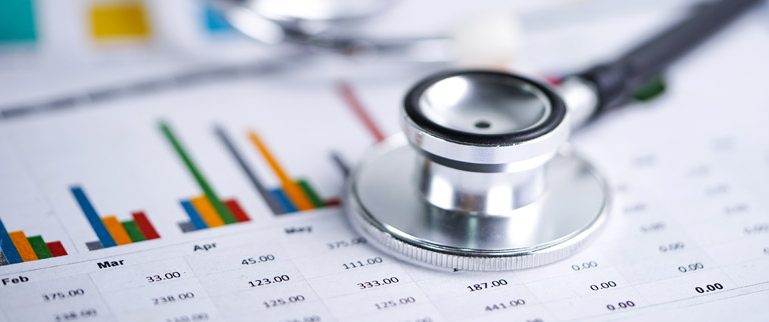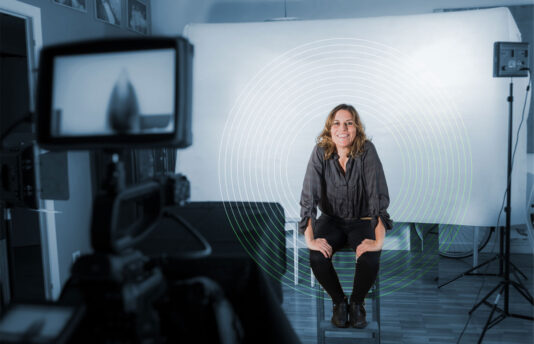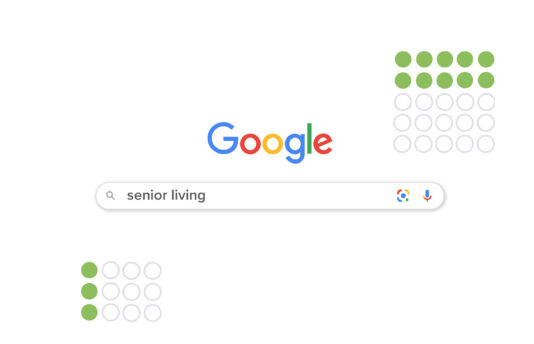We reached out to over 100 attendees of the 2019 New England Society of Healthcare Communications (NESHCo) annual conference to get their thoughts about digital budgets and strategies. Here’s what we asked:
- Which digital channels are you using in 2019?
- Where are you budgeting your digital dollars?
- How effectively do you measure your digital advertising?
- How are you using analytics?
- How much of your digital strategy do you execute in-house?
- What’s keeping you from investing in emerging marketing tactics?
We’re in an age that offers all sorts of innovative and creative ways for marketers to promote their products and services. Unfortunately it seems the healthcare industry continues to be slow in embracing these contemporary tactics.
Only a Third over a Third
In total, 68% of our survey respondents said they will devote 30% or less of their budget to digital channels in 2019. While a small sample, this indicates change is not happening quickly. While respondents said they understand these new tactics, they do not have the staff bandwidth or budget capacity to utilize them. On a scale of 1 to 5, 53% rated their bandwidth level very stretched at 4 or 5, and 38% said it was a 3. Meanwhile, 46% said their budgets were inadequate for exploring new tactics.
It’s a Mom and Boomer Thing
Two areas that are in widespread use are Facebook (100% usage) and email marketing (84%), two on-line channels used heavily by females and Baby Boomers. Pay-per-click, SEO and Twitter all came in at 70-80% with Instagram, Google Display and LinkedIn close behind in the 60-70% range. Conversely, far fewer planned to use less mainstream channels such as Spotify (23%), Pandora (7%) and Snapchat (7%). When asked what digital channels would be managed in-house, only Facebook (38%) earned higher than a 15% response.
Ready for Programmatic? Uh, Not Quite.
Notably, healthcare marketing is resisting ‘new’ programmatic media buying opportunities. Despite the fact programmatic advertising offers more targeted placement than Google Display, only 30% of respondents said they would use programmatic advertising in 2019, with 61% using Google Display instead.
The Measure of Success is …
Over a half of respondents (57%) said their ability to effectively measure their digital advertising efforts was 6 or less (out of 10). Optimizing digital for the best campaign results? Almost everyone (93%) rated their performance in the middle of the road at 4-7 (out of 10). When asked to rate their ability to measure and demonstrate ROI on a scale of 1-5, 45% of our respondents said they were at 3 or lower, 23% were at 4 and 30% were at 5. In an age where marketing is under increased scrutiny to produce tangible results, we seem to be very inconsistent at this important opportunity.
What are we waiting for?
The healthcare industry is conservative by nature and so is the way it is marketed. But the healthcare business is rapidly changing and conventional healthcare marketing needs to change as well. Clearly online marketing remains a growth opportunity. Why does healthcare lag so far behind in the adoption of online marketing tactics? Hopefully, leadership will take note and act soon because the longer the wait, the more acute the need becomes. Healthcare providers that don’t adapt to change will not be able to keep up with their competitors. The same goes for healthcare marketers.











